In the province, there are currently many enterprises, cooperatives, and people who have proactively applied digital transformation (DT) in agricultural production. Although the number of models is not large, the initial results have demonstrated efforts, changes in thinking and production methods; thereby, contributing to changing management methods, creating quality agricultural products.
 Model of digital transformation application in cultivation in Nga Lien commune (Nga Son).
Model of digital transformation application in cultivation in Nga Lien commune (Nga Son).
As one of the pioneers in building a production model in greenhouses and net houses, Mr. Vu Van Phuong, village 5, Nga Lien commune (Nga Son) has developed 3,000m2 of golden queen melon. Mr. Phuong said: “Growing melons in greenhouses has many advantages such as better crop management, helping to protect against sun and rain and preventing insects from entering. In addition, I also invested in installing a drip irrigation system using Israeli technology to provide nutrients from fertilizers and water to the roots of the plants, meeting each stage of plant growth and not wasting irrigation water. This method also has the benefit of preventing pests by minimizing water contact with leaves, stems and flowers, reducing water and nutrient leaching under the root area; saving labor costs and production time”. The biggest advantage of this method is that producers can install automatic irrigation timers according to the cultivation process and set the irrigation time and specific irrigation time on the system. According to Mr. Phuong, the drip irrigation system operates every 20 minutes, so even if he is away on business, the system automatically waters. All parameters are connected via software installed on the phone. The system is a fixed investment, used for many types of crops, ensuring adequate water supply for crops.
In addition, many farms growing safe vegetables, tubers and fruits are now using modern, automatic machines from the stage of creating substrates to care. At the same time, surveillance cameras are installed to record information about sowing dates, fertilization, care, etc. Thereby, labor costs have been limited, ensuring the quality of agricultural products; especially consumers can check and trace the origin through the QR code scanning system or verify through image extraction. In rice production, some districts such as Tho Xuan, Quang Xuong, Hoang Hoa, Yen Dinh, etc. have actively implemented a demonstration model of spraying pesticides on rice plants using drones, improving spraying efficiency, saving 30% of pesticides and 90% of water used, contributing to protecting people's health.
At large-scale livestock farms, to limit the number of workers entering and exiting the barn, farm owners have boldly invested in automatic feeding and drinking systems, sensor systems to control barn temperature, monitor livestock care on computers or TV screens, and automated incubators... Thanks to that, the hatching rate is high, the exported offspring are vaccinated against diseases, and the livestock products are of high quality, meeting the requirements for productivity, disease control, and ensuring food safety... In aquaculture, high-tech shrimp farming models have also initially applied science and technology, managing environmental factors, food quantity... through software applications on phones... contributing to limiting damage caused by diseases and improving production efficiency.
Digital transformation in agricultural production has had many positive results, not only contributing to improving product quality, creating competition but also creating an opportunity to change the production mindset from small-scale, fragmented, inefficient, and lacking chain linkages to advanced agriculture. The agricultural sector needs to focus on building a data system, standardizing and automating agricultural production and business processes, automating and mechanizing production, management processes, monitoring the origin and supply chain of products towards a synchronously mechanized agriculture. Identifying farmers as the subject of digital transformation, localities need to create conditions for people to adapt to digital transformation through training courses, improving access to telecommunications services, supporting farmers in using information technology equipment; upgrading infrastructure to facilitate access and application of digital technology in the agricultural sector. In addition, focus on attracting enterprises and cooperatives to invest in agriculture, implement digital transformation, create a closed and synchronous production process and form a chain of commodity production links.
Article and photos: Le Ngoc
Source




![[Photo] Overcoming all difficulties, speeding up construction progress of Hoa Binh Hydropower Plant Expansion Project](https://vstatic.vietnam.vn/vietnam/resource/IMAGE/2025/4/12/bff04b551e98484c84d74c8faa3526e0)

![[Photo] Closing of the 11th Conference of the 13th Central Committee of the Communist Party of Vietnam](https://vstatic.vietnam.vn/vietnam/resource/IMAGE/2025/4/12/114b57fe6e9b4814a5ddfacf6dfe5b7f)

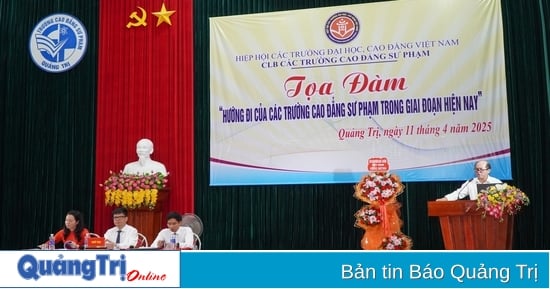




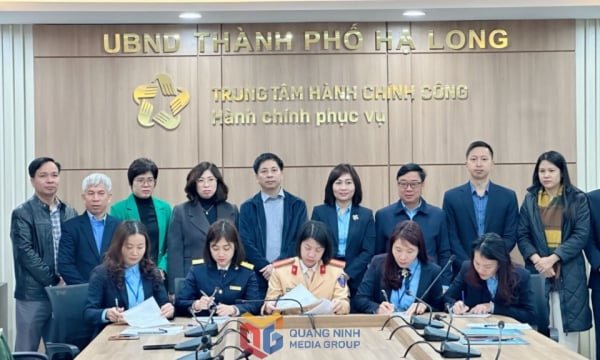



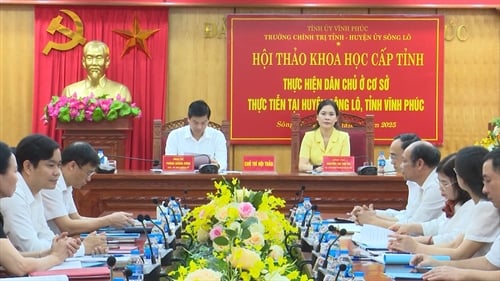
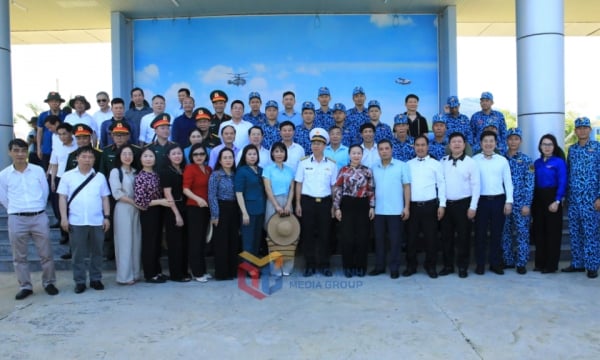
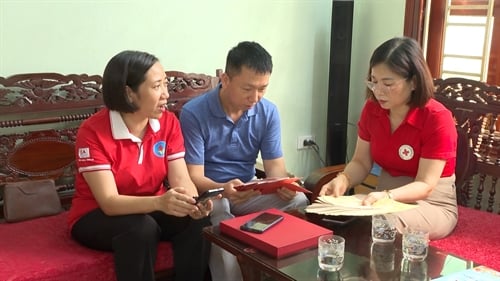

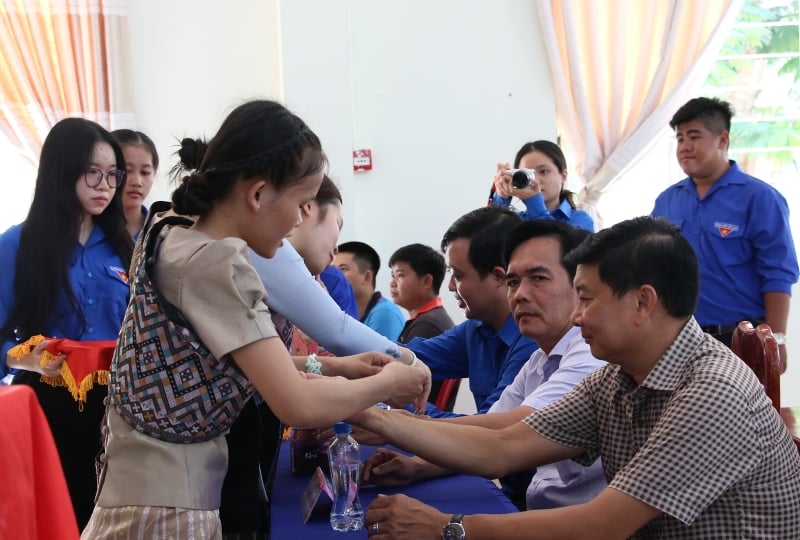
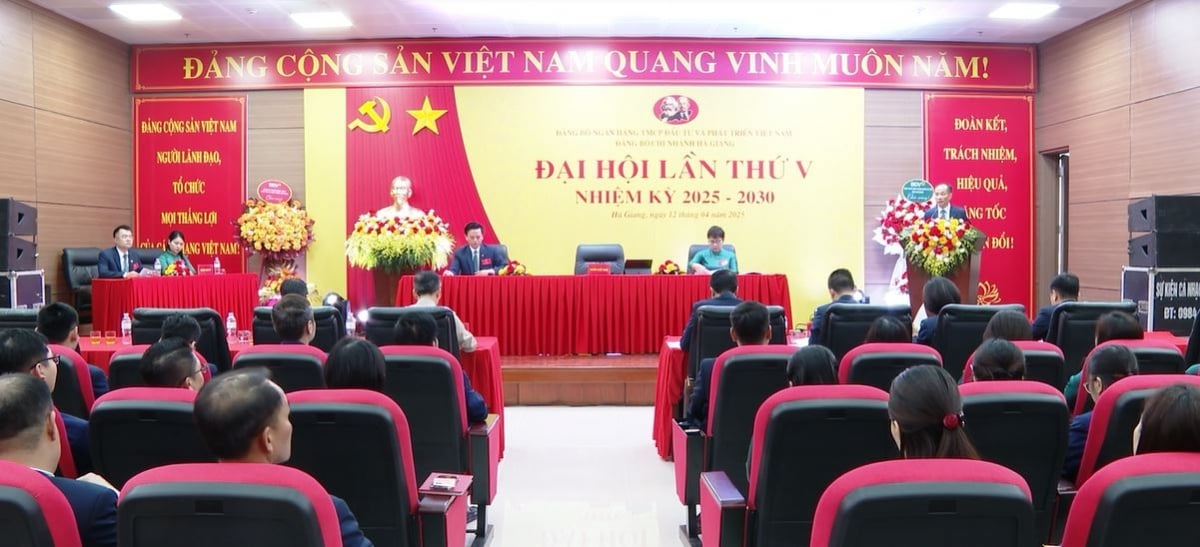



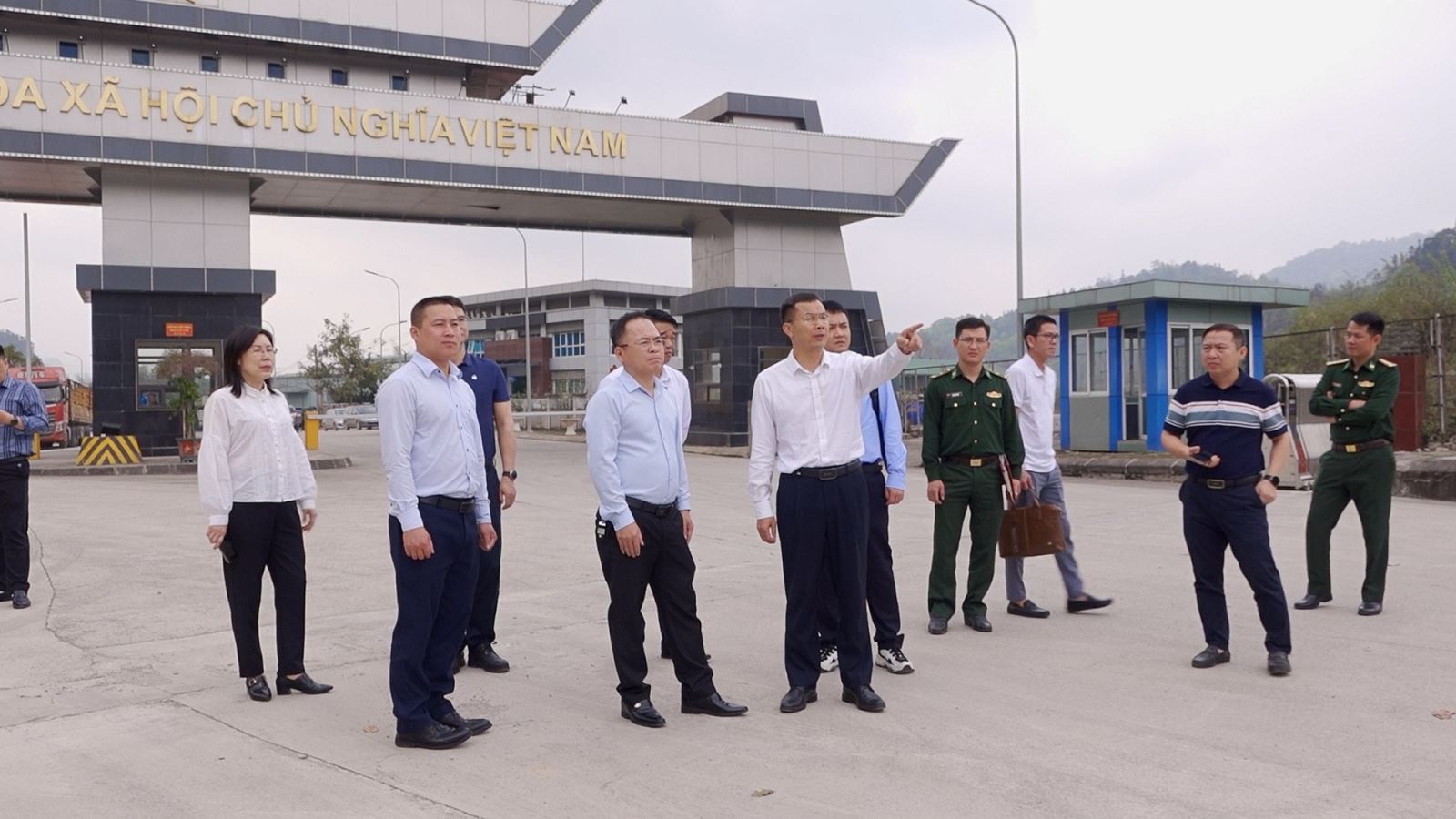


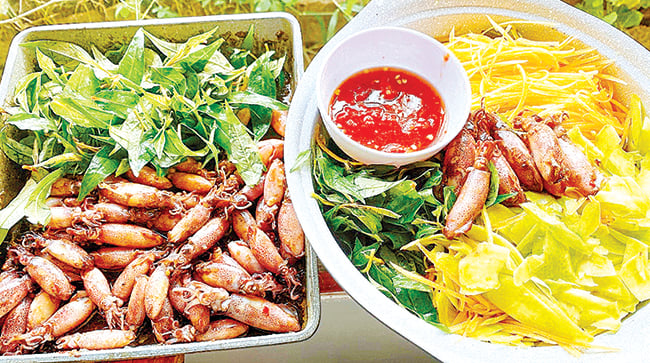
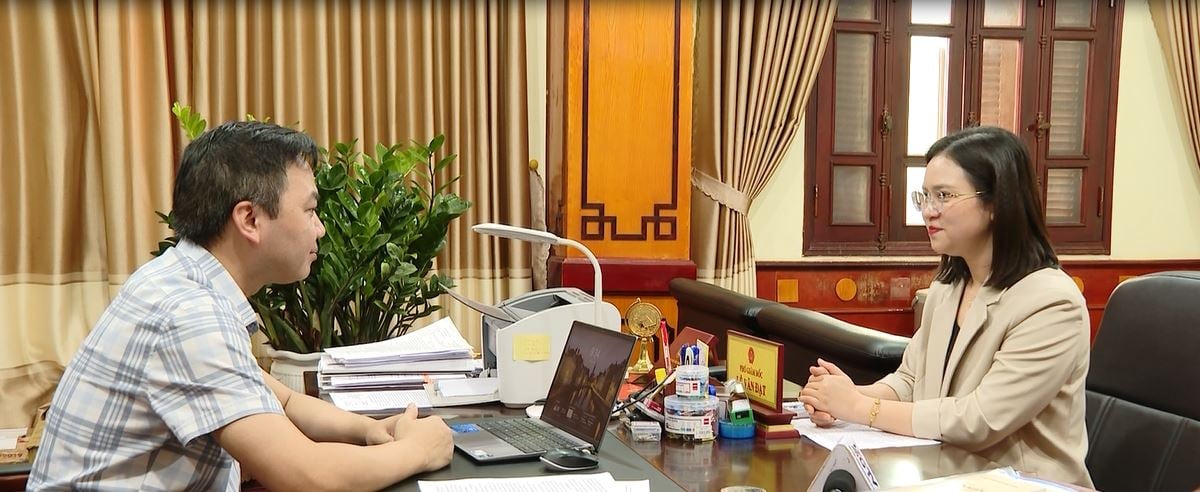















































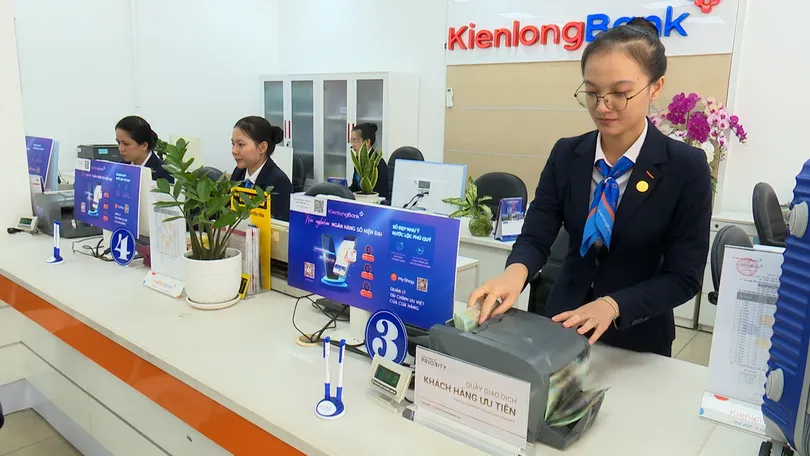
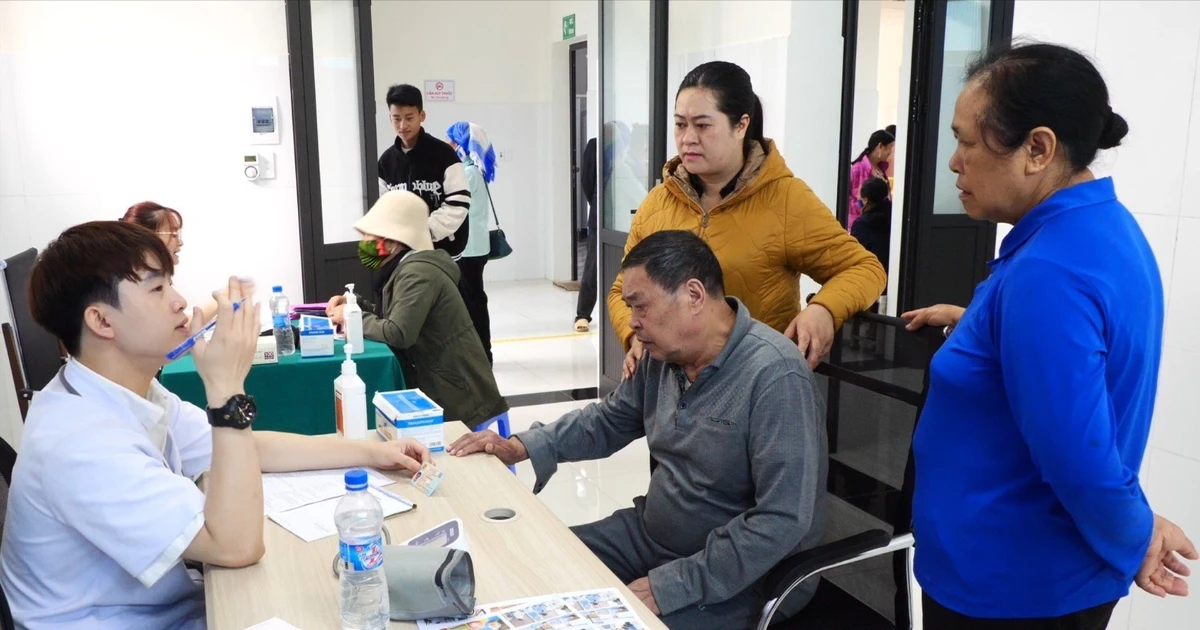













Comment (0)